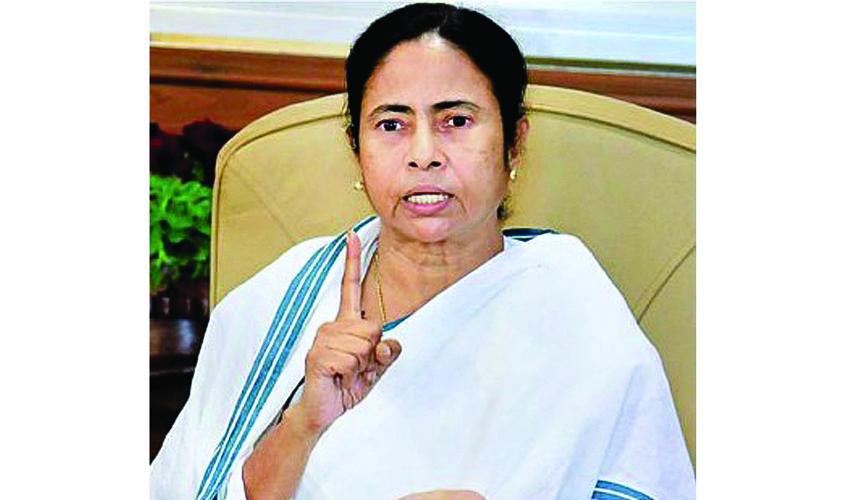When Mamata Banerjee first came to power in West Bengal in 2011, defeating the Left Front, it was a remarkable victory. The Left, which had until then appeared invincible after ruling the state for 34 years, crumbled in front of the Mamata onslaught. This ensured the rise to power of Mamata Banerjee’s party, the Trinamool Congress. A large-scale shift in the Muslim vote, traditionally a Left bloc, greatly facilitated the win. Muslims comprise around 27%-30% of the state’s population and are said to be able to sway the results in around 100-120 constituencies among Bengal’s 295 Assembly seats. In fact, once upon a time, one of the most common allegations against the Left was that it deliberately turned a blind eye to illegal immigration from Bangladesh as that meant that the demographic balance in difficult seats would tilt in its favour. A similar allegation against Banerjee’s party has become rather commonplace—that she has turned the Left tactics into an art form. Whether such a charge is true or not, there is no disputing Banerjee’s tremendous dependence on the minority community to win elections.
Just like in the rest of India, in Bengal too Muslims are seen as a monolithic entity, which can be made to vote for a particular party on the direction of the community’s religious leaders. Mamata Banerjee has learnt this lesson by heart and taken a series of measures to keep the clerics happy. As if appearing at minority functions donning the hijab is not enough, she has also been hobnobbing with and promoting clerics whose views can be called radical and obscurantist at best. And these are two minor examples. Since the focus has been on tokenism, this has come at the cost of building the infrastructure to improve the lot of the common Muslim, the majority of whom continues to be among the poorest in the state. A common charge against her is that the promotion of radical clerics and community leaders as representatives of Muslims is one of the reasons why fundamentalism has risen in the state exponentially. This phenomenon has been manifesting itself in various forms, ranging from the refusal to let author Taslima Nasrin enter the state, to demands for, and in some instances actual bans on the majority community’s religious festivals.
The violence Bengal witnessed in Basirhat, after a post by a Hindu boy on social media, was waiting to happen. It was a sinister combination of fundamentalism with criminality. In a state like Bengal, one way of controlling political space is to develop muscles at the grassroots, even if that means criminals from both majority and minority communities get a free run, often with political backing. In the case of Basirhat, it was the majority community that was at the receiving end of the wrath of the fundamentalists and criminals in the minority community. It is still not clear whether these elements had any political backing, even though the state police has been accused of ignoring the actual perpetrators of the riot and arresting only those from the majority community. True or not, a perception has gained ground that the administration is partial to a particular community at the cost of the majority. Chief Minister Banerjee should ensure neutrality between faiths for the sake of harmony in Bengal.
When Mamata Banerjee accuses the Bharatiya Janata Party of dividing Bengalis on the basis of religion, she does not realise that at the most the BJP can take advantage of the situation. It cannot set the narrative, yet; it lacks the political sinews to do that. So, it is incumbent on Mamata Banerjee’s part to do a course correction, as else the situation will go from bad to worse.

